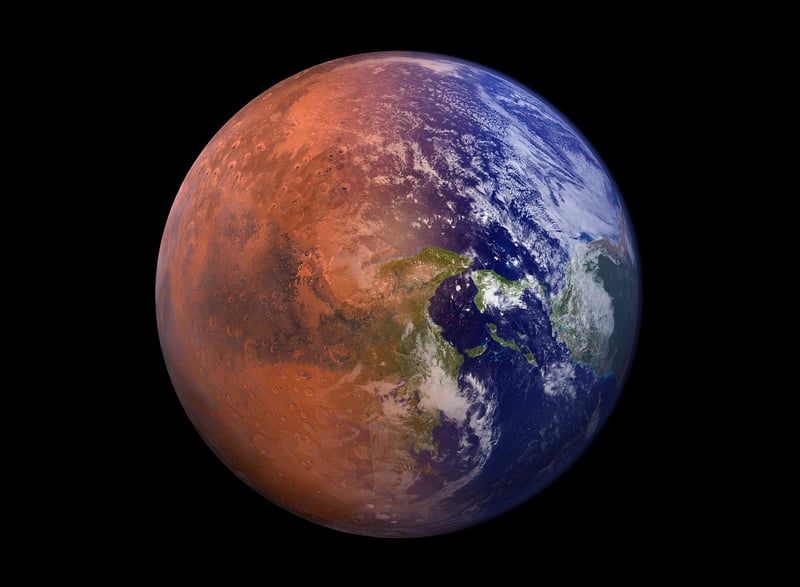Terraforming Strategies
The Future on the Red Planet: Terraforming Strategies
Exploring the mysteries of Mars has long captivated the imagination of scientists and space enthusiasts alike. As we look to the future, the idea of making Mars a habitable planet through terraforming has gained significant attention. Terraforming is the hypothetical process of transforming a hostile environment into one that can support human life. Let's delve into some strategies that could potentially make Mars a second home for humanity.
1. Greenhouse Gas Emissions
One key strategy for terraforming Mars involves increasing its greenhouse gas emissions to trap heat and warm the planet. By releasing gases like carbon dioxide into the atmosphere, we could potentially raise the temperature and create a more Earth-like climate.

2. Creating an Artificial Magnetosphere
Mars currently lacks a global magnetic field, which has left its atmosphere vulnerable to solar winds. Scientists have proposed the idea of creating an artificial magnetosphere by placing large magnets at key points on the planet. This shield could help protect Mars' atmosphere and allow it to thicken over time.

3. Importing Resources
Another approach to terraforming Mars involves importing resources from other celestial bodies. By bringing water-rich comets or asteroids to Mars, we could introduce the necessary elements to kickstart biological processes and create a more hospitable environment.

4. Biological Engineering
Biological engineering could play a crucial role in transforming Mars. Genetically modified organisms could be designed to thrive in the Martian environment and help produce oxygen or nutrients essential for sustaining life.
5. Terraforming Experiments
While the concept of terraforming Mars remains largely theoretical, scientists have conducted various experiments to simulate potential conditions on the planet. These experiments help researchers understand the challenges involved and refine their strategies for future terraforming efforts.
As we look ahead to the future of space exploration, the idea of terraforming Mars presents an exciting and ambitious goal for humanity. While significant challenges lie ahead, the possibility of one day transforming the Red Planet into a second Earth is a tantalizing prospect that continues to inspire scientists and dreamers alike.
